40 years, 40 stories
Through exclusive flash interviews for EHH’s anniversary, we explore how house custodians balance preservation, sustainability, and innovation while keeping heritage alive. From ancient legacies to modern restorations, these stories reveal Europe’s living history.
Altidore Castle (Ireland, Historic Houses of Ireland)
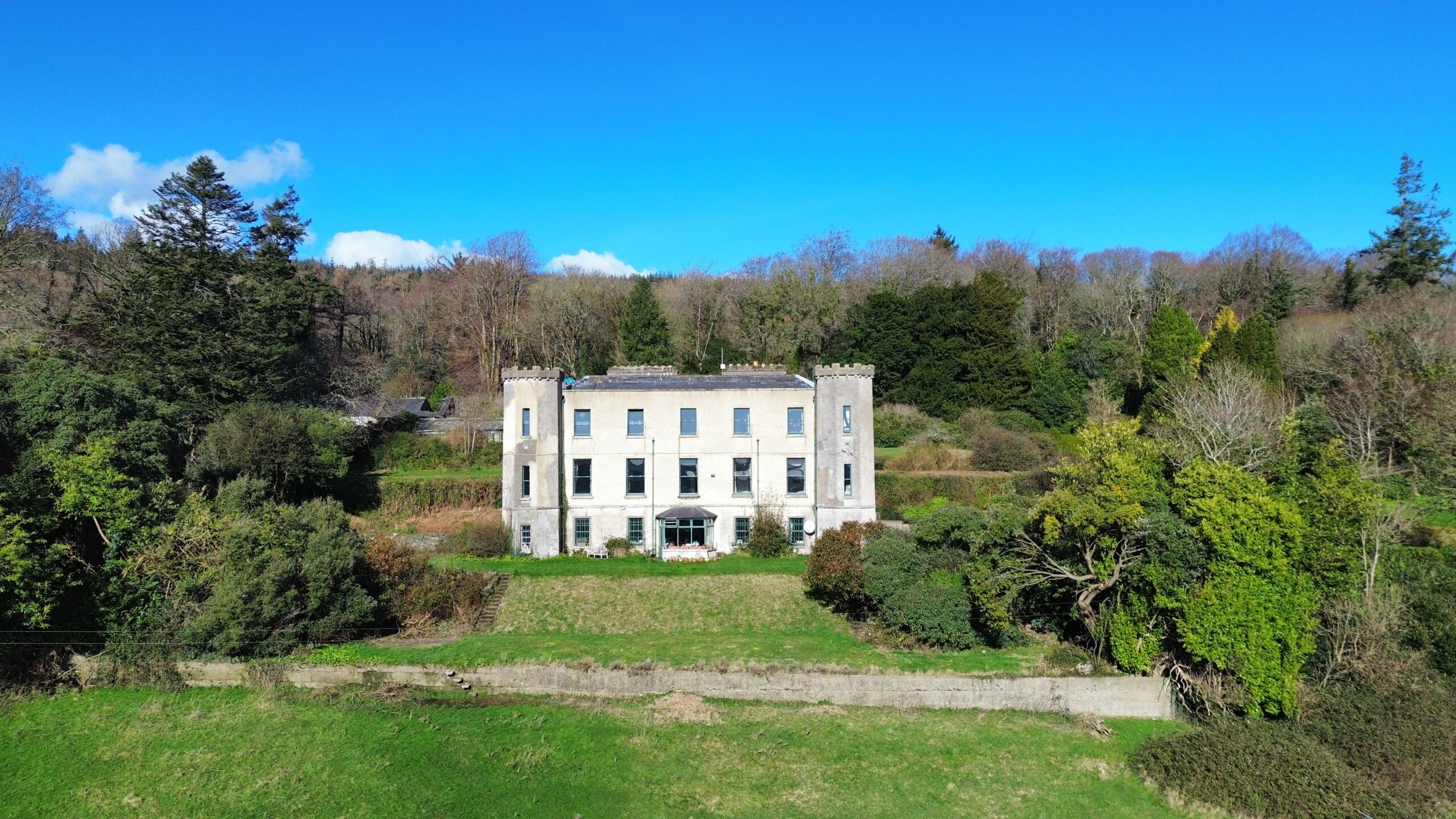
Interview with Thomas Emmet, next generation owner:
Altidore Castle has stood since 1730 in the heart of County Wicklow. What aspects of its history do you find most fascinating, and how do they shape the way the estate is preserved today?
Altidore Castle was built in 1730 and bought by the Emmet family in 1944 to create a new home in Ireland. The Emmet family for generations had lived in New York following our ancestor Thomas Addis Emmet, as one of the leaders of the 1798 rebellion, being forced to leave Ireland. His younger brother Robert Emmet was executed for treason in 1803 after leading his own rebellion against colonial rule.
The four generations of the Emmet family have been fascinated by the history of the house and it appears it was designed by Edward Lovett Pearce. It has had many owners from the family of early romantic poet Mary Tighe to being used as a tuberculosis sanatorium in the early twentieth century. The house and its history are always on our mind in terms of planning for the future through diverse events and collaborating with the local community.
Set in the stunning Wicklow countryside, Altidore Castle is surrounded by nature. How do you manage the estate’s landscape to balance preservation with modern needs?
Nature has always been at the forefront of everything we do at Altidore. The two hundred acre estate has been organic since 1994. It was a national finalist in the Royal Dublin Society Woodland Conservation Award 2024 alongside other nominations. It has a twenty hectare glen that contains ancient or long established woodland with unusual bryophytes such as Dumortier’s Liverwort. The river running through this woodland has been designated a Blue Dot River, the highest designation in Irish river preservation.
There are also three newly planted native woodlands as well as “discovered” trees from the Americas that were planted in the nineteenth century. The selection of flora and fauna at Altidore is special and we regularly have biodiversity walks to guide people about creating and preserving natural habitats. We have a forest school for children and are beginning a partnership with a mycologist and natural herbalist around fungi and wildcrafts.
Opening a historic estate to the public requires careful planning. How do you prepare the estate for the seasonal openings, and what experiences do you aim to provide for guests during their visits?
We love opening to the public but it does require planning and preparation. The house tours are all given by the Emmet family which we believe makes them special. Altidore is a family home as well as being open to the public and this is important to us. Our house tours include the history of the house as well as the history of the Emmet family in Ireland and America.
We cater to small groups making the tours intimate and we adore questions, especially from someone who knows something new about an aspect of the architecture or the history of the house. Irish people have a complicated history with historic houses so our tours aim to show how custodians live in these houses in the twenty-first century. As we open more to the public we are looking at expanding our range of events – exhibitions, annual parties and nature driven events.
Palais Bülow Ludwigslust (Germany, Familienbetriebe Land und Forst)
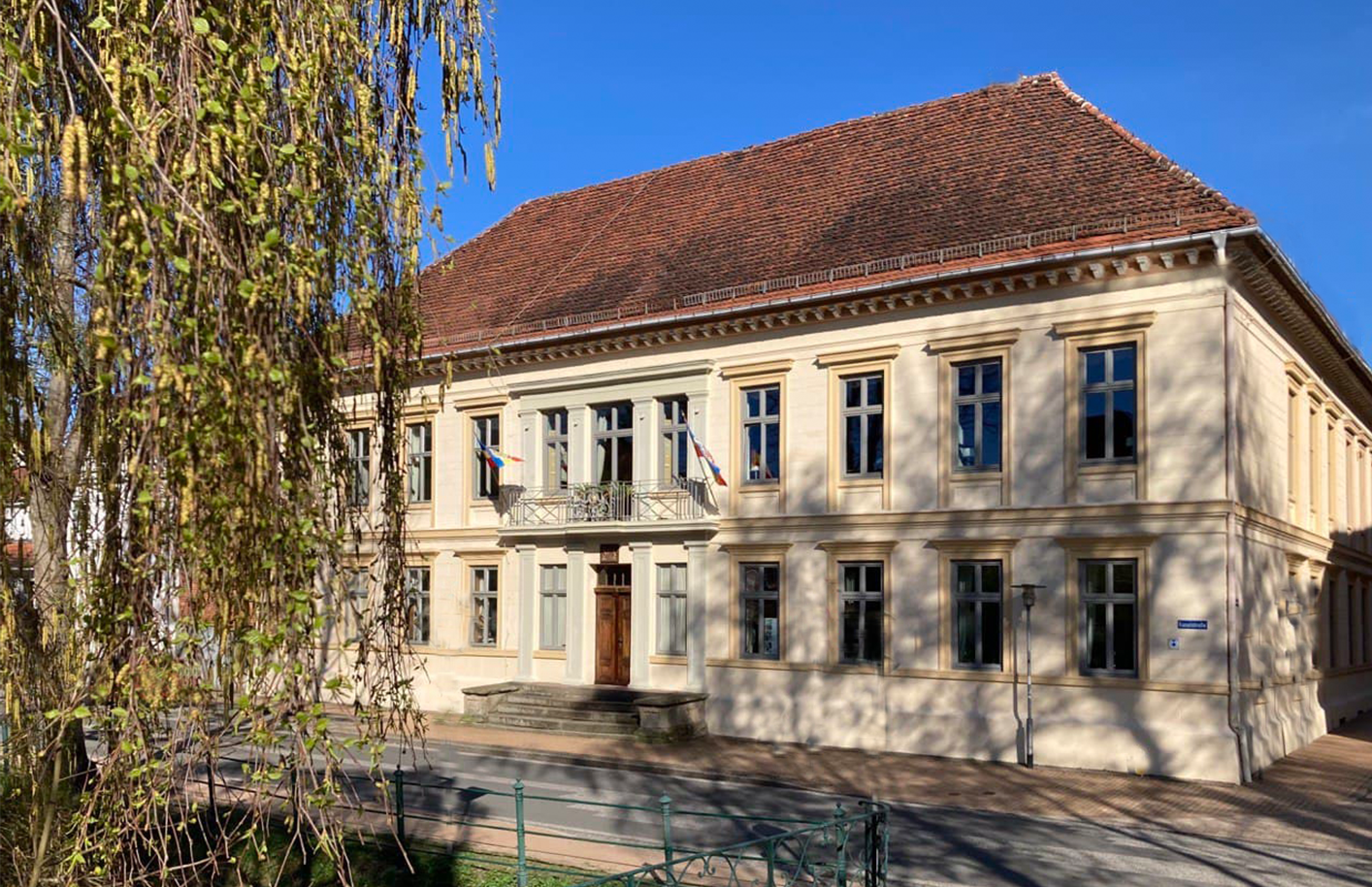
Interview with the Leithold family, owners and managers:
The Palais Bülow was saved from collapse and has been transformed into both a home and a cultural space. What were some of the biggest challenges in restoring the building, and how does your family balance living in the house while sharing it with visitors?
Our house is among the most important buildings in Ludwigslust, a small baroque town. The 200-year-old Palais, once a venue for opulent celebrations and political decisions, was in a desolate state when we bought it in 2012—decades of socialism had severely damaged its historic structure.
During the initial restoration, we removed roof fixtures and discovered severe dry rot, requiring over a year to repair and replace the beams, preventing collapse. Once secured, we focused on restoring the historic rooms, including the ornate “Ludwigsluster Papiermaché” ceilings. Hidden in attic rubble, we recovered lost fragments of these decorations, allowing us to piece them back together.
Our family became skilled in roofing, painting, and restoring papier-mâché, guided by our father’s expertise as a historian and restorer. Today, we proudly share our home with visitors, offering intimate guided tours by appointment to balance our privacy with the best experience.
Your house is one of only three buildings still featuring original “Ludwigsluster Papiermaché”. How do you preserve and research this rare decorative art, and what role does your hands-on workshop play in keeping this tradition alive?
“Ludwigsluster Papiermaché” is a unique art-historical phenomenon. From 1763 to 1830, the Ludwigslust manufactory produced not only room decorations but also replicas of antique statues and busts, which were highly sought after in France and Great Britain. These works adorned castles, manor houses, and parks, though few have survived. To better understand this craft, we research archives and seek exhibits worldwide. We were fortunate to acquire a sculpture from 1785—the first made in the manufactory—for our collection.
Our guests experience “Ludwigsluster Papiermaché” firsthand. In our workshop, we showcase historical pieces, explain the craft’s structure, and invite visitors to create their own souvenirs using various molds. This hands-on approach keeps the tradition alive. Recently, we published Ludwigsluster Papiermaché – A Journey of Discovery, sharing our research and experiences to preserve this fascinating art form for future generations.
Your guided tours take visitors beyond the usual historic house experience by including personal stories, restoration insights, and even interactive workshops. What do you think makes these tours so special, and how do you ensure guests leave feeling inspired by the history of Palais Bülow?
Crafting papier-mâché in our workshop is a memorable experience for visitors. While their pieces dry, we guide small groups through the Palais, showcasing authentic inventories saved from looting in 1945 and later returned to us. We also enjoy sitting in the garden with guests over coffee and cake, sharing stories. Each visitor takes home their own “Ludwigsluster Papiermaché” creation and can explore our shop’s exhibits, books, and gifts.
On special occasions, our daughters perform classical violin concerts in the Palais garden. A yearly highlight is the visit from the German Empire Dance Association. Every May, guests in historical costumes dance in our hall with a dance master and harpsichordist, recreating 200-year-old traditions. These special days bring the Palais’s history to life, and our family takes pride in preserving its legacy for future generations.
Castello di Thiene (Italy, ADSI)
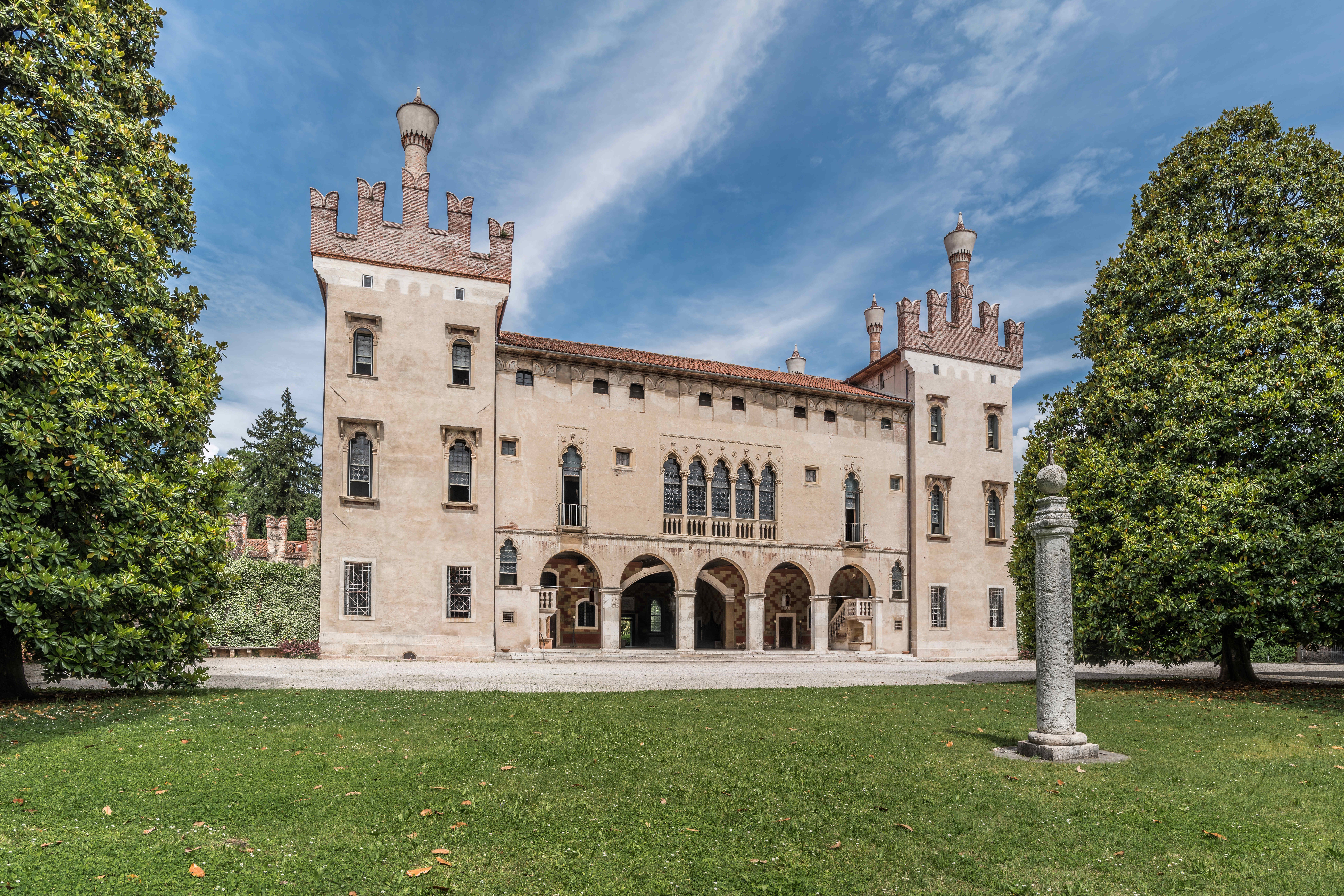
Interview with Francesca di Thiene, manager:
The Castello Di Thiene has very ancient origins. Is there any furniture, artwork, or room in the castle that you consider particularly significant or noteworthy? If yes, which one and why?
The private archive of the Castle is undoubtedly the heart and one of the most fascinating rooms with a valuable historical heritage, protected since 1972 and declared of regional interest in 2006. It houses documents from the Porto, Colleoni, Capra, and Thiene families, as well as fragments of archives acquired through dowry or legacy. It includes notarial deeds, parchments, papal and ducal bulls, registers, and drawings, dating from the 11th to the 20th century.
Recently, the Porto, Disegni, and Capra collections have been inventoried thanks to contributions from the Cariverona Foundation, the Veneto Region, and the Ministry of Culture. The Bertoliana Library of Vicenza coordinated the computerised cataloging in collaboration with the Archival Superintendency. Among the documents, over 545 drawings stand out, including 450 historical cartographies of landscape and geographical significance. The Castle also organises special openings with an archivist to enhance and promote this cultural wealth.
How is the building used today, and what types of events does it host?
The Castle, still inhabited by the family, is open all year round to welcome visitors in various ways. It is possible to undertake individual visits independently or book guided tours to delve into the history and architecture of the place. We also offer educational paths for school groups, with targeted educational activities to engage students.
In addition to regular visits, we organise extraordinary openings with expert guides, conferences on historical and artistic themes, concerts, and cultural events. For audiences of all ages, we offer itinerant shows, dramatised visits, and children’s entertainment activities. The castle is also an exclusive location for unique stays, offering an immersive experience in a historical setting. We make our spaces available for private events, such as conferences, banquets, and receptions, ensuring a refined and evocative atmosphere for every special occasion.
What are the main challenges in managing and conserving a building like the Thiene Castle?
Managing the Thiene Castle presents structural, economic, regulatory, and managerial challenges. Conservation requires constant interventions to counteract the degradation of ancient materials, moisture, and infiltrations, while ensuring the adaptation of systems without altering the historical integrity.
From an economic standpoint, maintenance is costly and obtaining public or private funding is not straightforward. To sustain itself, the castle must develop economic activities such as events and cultural tourism. Regulatory constraints impose compliance with cultural heritage laws and complex bureaucratic processes. Touristic valorisation requires promotional strategies, visitor flow management, and diversification of activities, balancing accessibility and heritage protection.
Finally, climate change exacerbates the deterioration of the structure and ancient trees. An integrated approach among public entities, private sectors, and the local community is necessary, but its realisation is complicated.
Somianka Manor (Poland, Domus Polonorum)
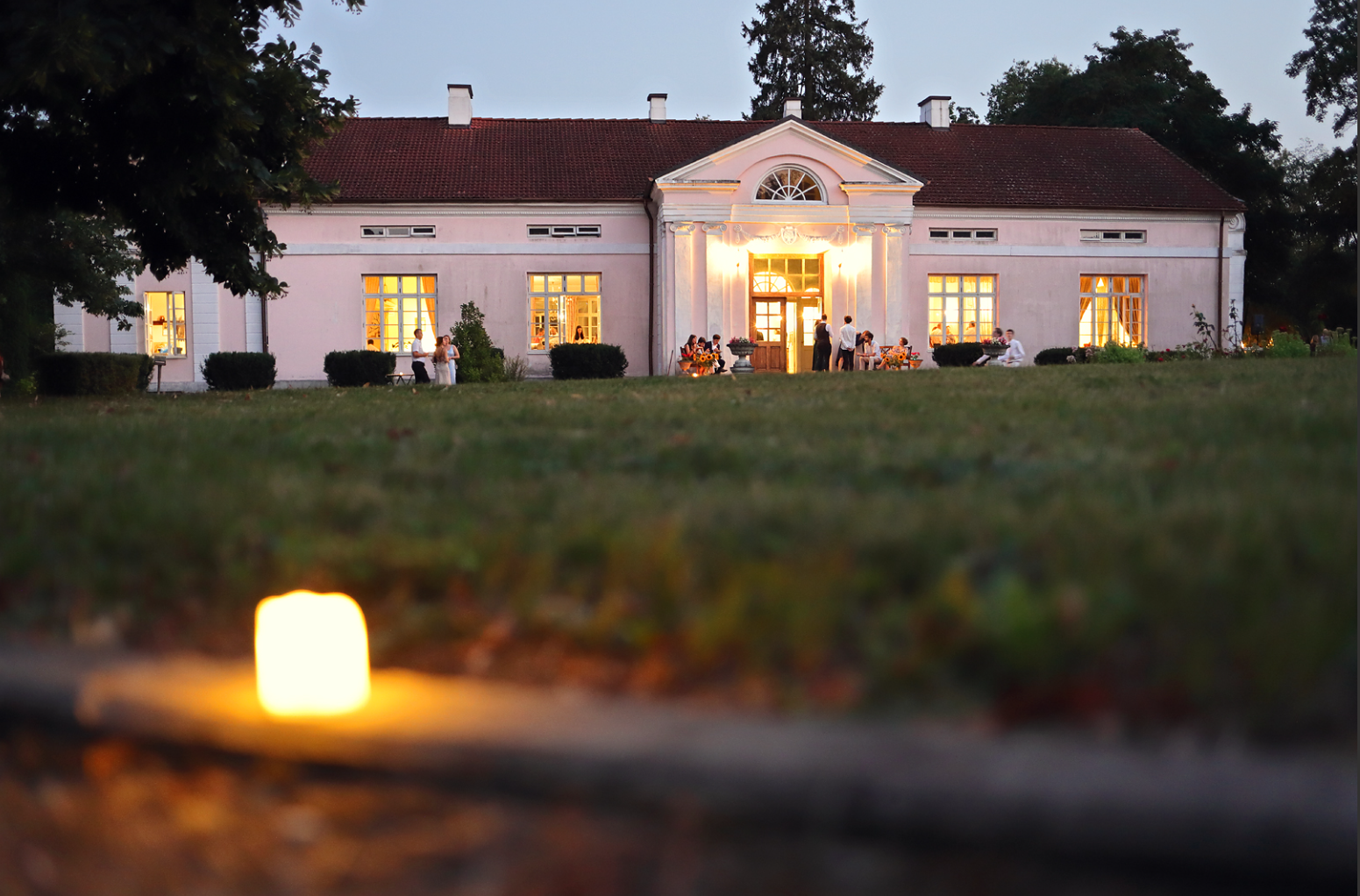
Interview with Paweł Esse, owner and manager:
Somianka Manor faced near-collapse after World War II but was meticulously restored using traditional conservation techniques. Could you share some of the challenges encountered during this restoration process and how you overcame them to preserve the manor’s historical integrity?
After over 40 years, my parents managed to recover our 19th-century house from the state, a vast ruin in Greater Poland. The challenge was too big. A decision was made to find a new home closer to Warsaw, the centre of our lives.
It was a cold November in the 1990s. The house was empty, silent and waiting for me. I was alone in the big house, but I felt safe in it. It had survived over 200 years, enduring the darkest times for Poland. That was when a new chapter in our history began: careful restoration and a new life.
The manor sustained severe damage to its walls, roof, and interior. Repairing such damage while maintaining historical accuracy was a difficult task. We stabilised and reinforced the structure using historically accurate materials, which required highly skilled craftsmen, artisans familiar with traditional building methods.
The manor is known for hosting concerts that resonate through its 19th-century styled interiors. How do these musical events contribute to the cultural atmosphere of Somianka Manor, and what role does music play in connecting the estate’s history with the present?
Music brings the whole Manor to life. It takes you beyond the shallow and insignificant world of today’s mass media, into the world of classical music. The early 19th-century, neoclassical architecture of the manor, with its elegant interiors and historical significance, creates a perfect backdrop for musical performances. Music in this setting becomes more than just an auditory experience, it’s a way to connect with the manor’s rich history and honour its legacy.
It’s a natural place for chamber music. Just like it was in the 19th century. In the living room, several dozen listeners have direct contact with musicians, they are one group experiencing music. It’s clearly an opportunity for new generations to engage with history in a meaningful way, as they experience the estate in much the same way it might have been enjoyed in the past. The same happens with contemporary musical interpretations that keep the manor’s cultural influence alive.
Situated near a small church in the heart of the village, Somianka Manor serves as an architectural, cultural, and historical landmark. How does the manor engage with the local community, and what initiatives are in place to foster a sense of shared heritage and cultural appreciation?
I don’t want to overestimate the role of our House, but Somianka Manor, with its center location plays a role in the local community,.
It serves as both a historical landmark and a vibrant part of the area’s cultural identity, hosting social and cultural events. It supports the local Women’s Rural Circle, which celebrates the region’s heritage, including youth choir concerts for the local church community. Students learn about local history, the manor’s architecture, and cultural topics. These educational programs help the younger generation stay connected to the past.
The manor also offers a scholarship for an outstanding primary school student and partners with local school to organise history tours and lessons. Every summer, we host a singing school at the manor, where we run workshops for those learning to sing. The experience culminates in an intimate concert, where each participant gets the chance to perform their piece.
Château de Villandry (France, La Demeure Historique)
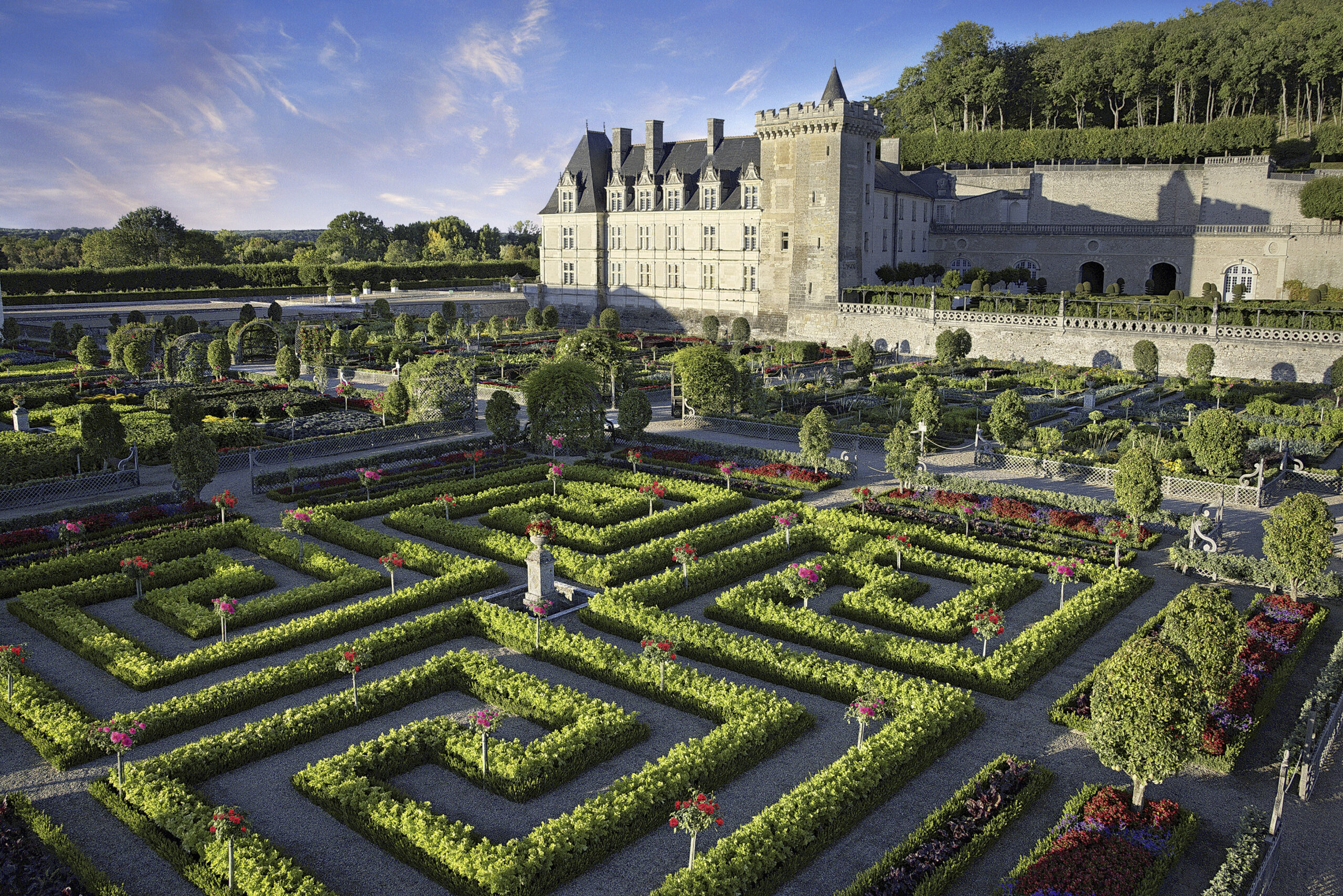
Interview with Henri Carvallo, owner and manager:
Château de Villandry is renowned for its Renaissance-style gardens, restored in the early 20th century. How do you manage to reconcile historical authenticity with contemporary horticultural techniques to preserve the beauty and ecological vitality of the gardens?
The gardens of the Château de Villandry are listed as a ‘Monument Historique’, and we are very keen to preserve the integrity of their original design. Nevertheless, we have to deal with the gradual wear and tear of the garden structures, and every year we carry out major restoration work on the garden’s mineral structures (balustrades, ponds, low walls, etc.), wooden structures (arbours, trellises, kiosks, etc.) and plants, according to a multi-annual plan. In recent years, we have replaced 100,000 boxwood plants in the kitchen garden to combat fungal diseases. Since 2008, the gardens have been maintained in an entirely ecological way.
Villandry hosts a variety of events, such as ‘Les Nuits des Mille Feux’ and ‘Les Rendez-vous aux Jardins.’ How do these events contribute to the local community and enhance visitors’ understanding of the château’s history and gardens?
Since 1997 we’ve been running an arts season and a number of events, bringing Villandry much more to life. The local public, who become Villandry’s best ambassadors to visiting friends, are now very attached to these events.
Managing a historic estate like Château de Villandry presents unique challenges. What sustainable practices have you put in place to preserve the château and its gardens while meeting the needs of modern visitors?
Our aim is to bring beauty and happiness to our visitors through maintenance and restoration work of the highest possible quality. All this work is carried out with an ever-increasing focus on ecological concerns: biological control and the use of biological auxiliaries to combat predators, the preservation of a colony of bats and swallows on the site, a very strong emphasis on saving and recycling water, the gradual electrification of farm machinery and vehicles, and a reduction in the use of paper.